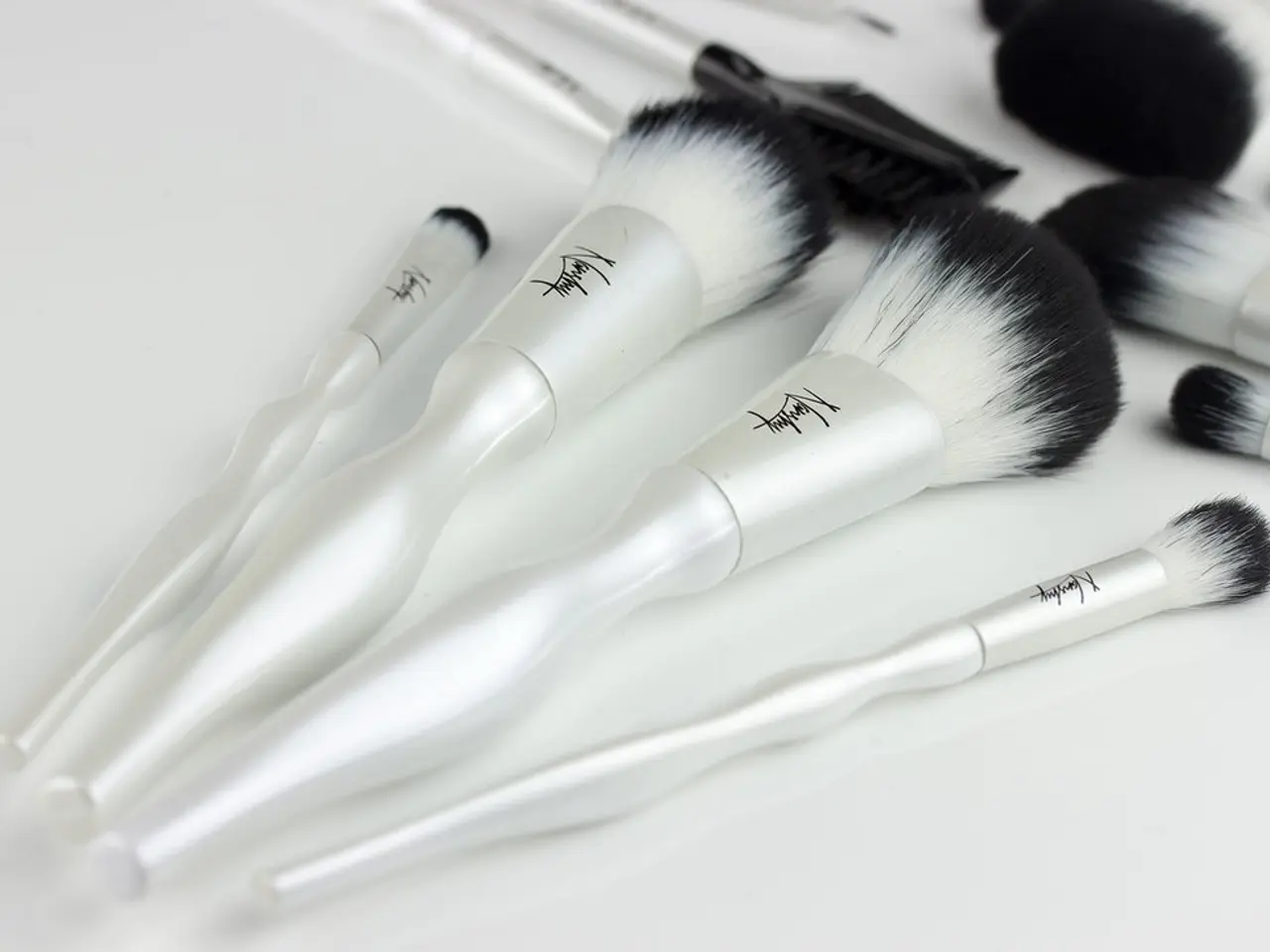Replacing a Mould-Damaged Shower Seal with Silicone: A Guide
In the realm of home improvement, Danny Pen, President of New Era Plumbing & HVAC, shares his expertise on waterproofing shower edges and gaps. With over 12 years of experience in plumbing, heating, and cooling, Danny offers valuable insights to ensure a reliable, neat, and durable seal.
Preparation is Key
Before you begin, clean and dry the surfaces thoroughly. This step is crucial for good adhesion. For areas that frequently come into contact with water and moisture, opt for high-quality waterproof, mold-resistant silicone sealant designed for wet areas.
The Application Process
Cut the silicone tube nozzle to the desired bead size, load it into a heavy-duty caulking gun with a revolving steel frame, ergonomic handles, and a silencing mechanism. Apply a continuous, even bead of silicone along the shower edges, corners, and gaps that require sealing.
For a neat, watertight seal, smooth the bead using a silicone finishing tool, a finger dipped in soapy water, or a flexible straw or soft plastic edge for tight bathroom corners. Wipe away any excess silicone immediately with a damp cloth.
Enhanced Waterproofing
For added protection, apply a small bead of clear silicone sealant along the edges of self-adhesive strips or bars to prevent water leakage and improve adhesion. Ensure the shower tray or wall panels are fully fixed and level before sealing, and avoid applying silicone on dusty or wet surfaces to maintain adhesion and durability.
Tips for Perfect Results
Danny Pen suggests using painter's tape for super straight lines when applying caulk, and removing it while the caulk is still wet for an even look. For crisp, even edges on silicone, consider using a top-quality multi-surface masking tape.
To smooth out silicone in tight bathroom corners, Danny recommends using an ice cube and alcohol. The moisture and cold from the ice prevent sticking, and the cube's rounded shape creates a clean and tidy line.
When applying caulk, Danny suggests using a caulk tool or finger for more control. To avoid sticking, wrap the finger in plastic wrap, dip it in rubbing alcohol, and smooth the caulk. It's important to note that it's not recommended to add a new layer of silicone over old silicone, especially if the old silicone is in poor condition.
Curing and Maintenance
Allow the silicone to cure fully for 24-48 hours (or according to the manufacturer’s instructions) before exposing the area to water to ensure optimal waterproofing. Newly applied sanitary silicone will typically start to dry within 15 minutes, but you will need to leave it for at least five or six hours before having any continual contact with water.
Following these steps, you can achieve a reliable, neat, and durable waterproof seal on shower edges and gaps. Happy sealing!
- To build a watertight home-and-garden project, consider using high-quality waterproof, mold-resistant silicone sealant designed for wet areas in your design.
- For a guide on silicone application, Danny Pen suggests using a heavy-duty caulking gun with a revolving steel frame, ergonomic handles, and a silencing mechanism.
- When it comes to lifestyle improvements for your home, Danny Pen recommends using painter's tape for super straight lines and a top-quality multi-surface masking tape for crisp, even edges on silicone.
- In the realm of home-and-garden ideas, Danny Pen suggests using an ice cube and alcohol to smooth out silicone in tight bathroom corners, ensuring a clean and tidy line.
- To maintain your home, ensure that the silicone has cured fully before exposing it to water, as suggested by Danny Pen, President of New Era Plumbing & HVAC.





